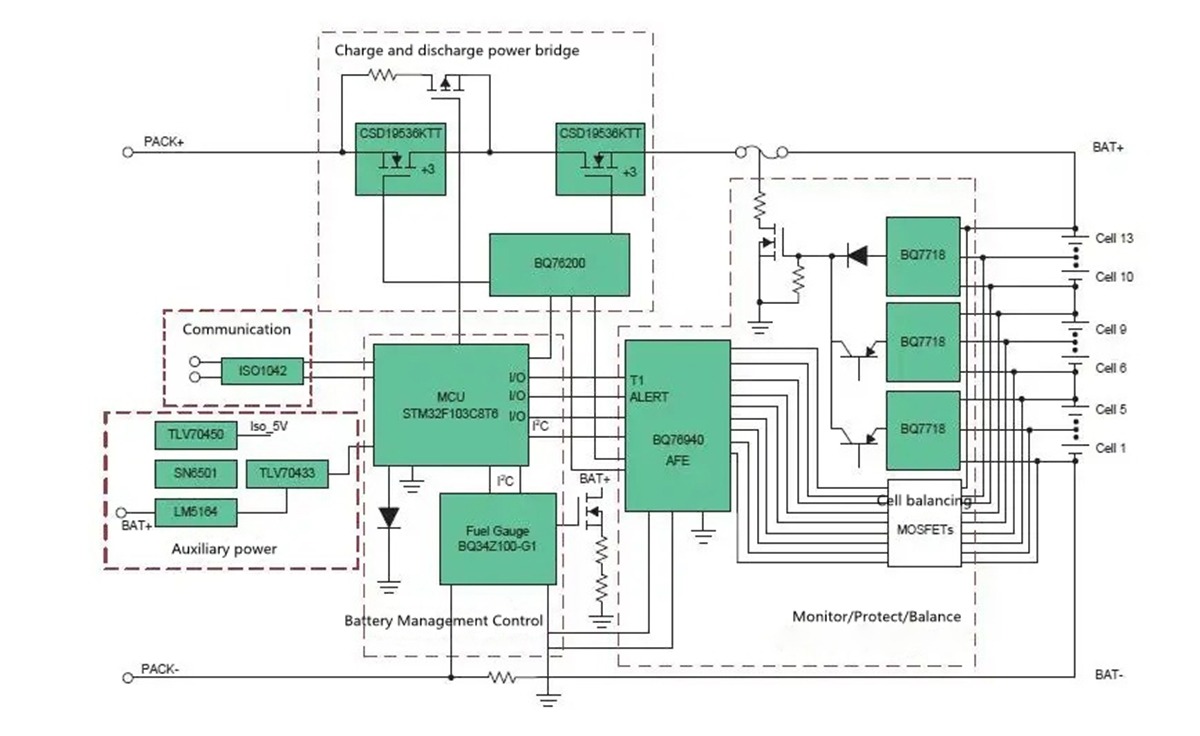What is a Battery Management System (BMS)?
What Is Bms Battery Management System?
Basic Information
What is a Battery Management System? BMS battery system is commonly known as battery nanny or battery housekeeper, mainly to intelligently manage and maintain each battery unit, prevent battery overcharge and overdischarge, prolong battery life, and monitor battery status. The BMS battery management system unit includes: BMS battery management system, control module, display module, wireless communication module, electrical equipment, battery pack and acquisition module. The output end of the acquisition module is connected to the input end of the BMS battery management system. The output end of the BMS battery management system is connected with the input end of the control module, and the control module is respectively connected with the battery pack and the electrical equipment. The utility model can realize the real-time remote monitoring of the BMS battery management system without the need for on-site detection, reduces the maintenance difficulty of the battery pack, fully saves human resources, time and production cost, and can be widely used in the monitoring field of the battery pack.
BMS function
* Measurement of battery
terminal voltage
* Energy balance between single cells:
That is to charge the single cells in a balanced manner, so that each battery in the battery pack reaches a balanced and consistent state. Balance technology is a key technology of a battery energy management system that the world is working on research and development.
* Battery pack total voltage measurement
* Battery pack total current measurement
* SOC calculation:
Accurately estimate the state of charge (SOC) of the power battery pack, that is, the remaining power of the battery, to ensure that the SOC is maintained within a reasonable range to prevent damage to the battery due to overcharge or overdischarge.
* Dynamic monitoring of the working status of the power battery pack:
In the process of battery charging and discharging, the terminal voltage and temperature of each battery in the battery pack, the charging and discharging current and the total voltage of the battery pack are collected in real time to prevent the battery from being overcharged or overdischarged.
* Real-time data display (cycle times)
* Data logging and analysis (while picking out problematic batteries to maintain the reliability and efficiency of the entire battery pack|)
* Communication networking function
* State of Health (SOH), a measure of remaining battery capacity defined in various ways, expressed as a percentage of original capacity
Electrical schematic


